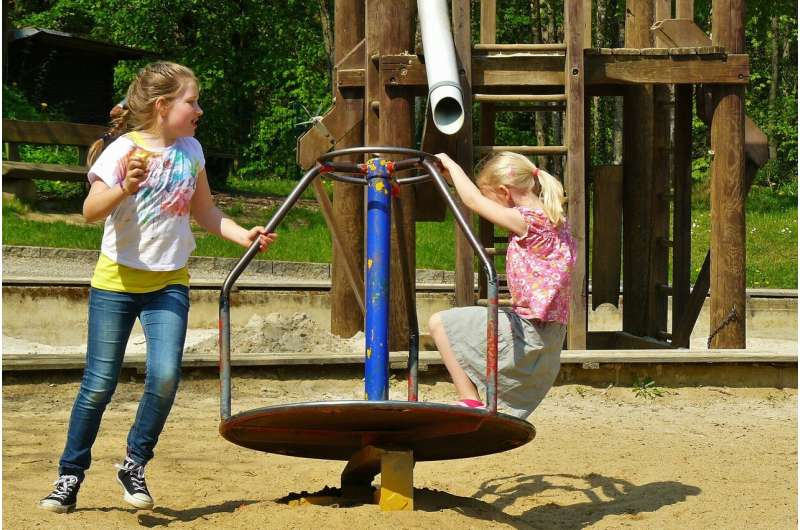Credit: CC0 Public Domain
It is a generally accepted idea that good aerobic fitness reduces the risk of type 2 diabetes, and it has also been thought to protect against other obesity-induced adverse changes in the glucose metabolism. However, this idea is based on studies whose methodology does not allow a distinction between the roles of aerobic fitness and body fat percentage as risk factors of insulin resistance and type 2 diabetes.
"Our study clearly shows that aerobic fitness is not associated with insulin resistance when body composition is taken into consideration properly. Moreover, good aerobic fitness doesn't seem to protect against obesity-induced insulin resistance. It seems that the role of poor aerobic fitness as a risk factor of type 2 diabetes has been grossly exaggerated," says Researcher Eero Haapala, Ph.D., from the Faculty of Sport and Health Sciences at the University of Jyväskylä. Dr. Haapala is also an Adjunct Professor of Paediatric Exercise Physiology at the University of Eastern Finland.
Development of insulin resistance can be prevented
The researchers found that more brisk physical activity and less sedentary time were associated with reduced insulin resistance regardless of the level of aerobic fitness and body fat percentage. Getting more physical activity and less sedentary time also protected obese children against the development of insulin resistance.
"A key take-home message from our study is that more physical activity and less sedentary time play key roles in the prevention of type 2 diabetes already in childhood. For obese children, these seem to be especially important," Dr. Haapala notes.
The study analyzed 452 children between six and eight years of age, exploring associations between their aerobic fitness, body fat percentage, physical activity, sedentary time and insulin resistance. Aerobic fitness was assessed using a maximal exercise test on a cycle ergometer, and body fat percentage by DXA measurement. Physical activity and sedentary time were measured using a combined movement and heart rate sensor, and insulin resistance was assessed by measuring glucose and insulin levels from blood samples.
More information: Eero A. Haapala et al. Cardiorespiratory Fitness, Physical Activity, and Insulin Resistance in Children, Medicine & Science in Sports & Exercise (2019). DOI: 10.1249/MSS.0000000000002216
Journal information: Medicine & Science in Sports & Exercise
Provided by University of Eastern Finland























